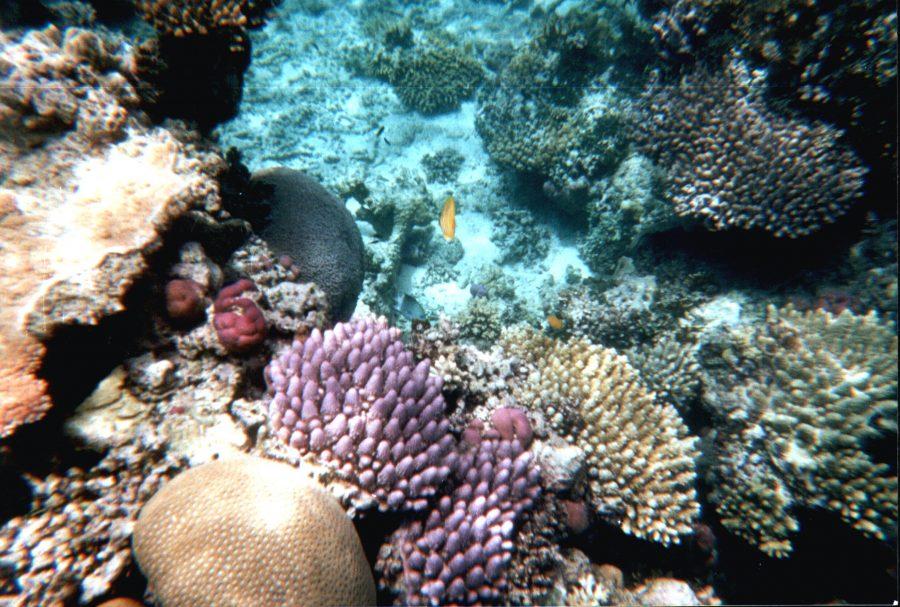The Great Barrier Reef is one of the Seven Wonders of the underwater world. It is home to over 3000 different species of marine life and over 400 different species of coral. It is the world’s largest coral reef system, and is an Australian national treasure. However, it seems to be missing something.
Thankfully, the Australia Pacific LNG Project–a joint venture between Origin Energy, ConocoPhillips, and China Petrochemical Corporation–knows that adding a natural gas facility to the Great Barrier Reef will make it better. The facility will utilize hydraulic fracturing (fracking) methods to drill ten thousand coal-seam gas wells in Queensland, dredging out seagrass beds in the Pacific Ocean to aid in the flow of maritime traffic as part of their business operation.
The venture currently has permits to dump dredge spoil (waste run-off from mines and mining operations, including fracking waste) in the waters off the Great Barrier Reef, to the tune of three million cubic meters. But it’s not like anything important lives in the Reef, of course–or at least nothing that will be affected when the dumping starts in 2015. There is a habitat for an endangered species of finch, and a turtle nesting ground on the proposed route, not to mention Holbourne Island National Park is in the way of a proposed rail line to transport coal to the coast. Nothing important–it’s only a few hundred different species of animals, some of which are endangered.
Also standing in the way of progress are the pesky little details where the Australia Pacific LNG Project somehow forgot to finance and conduct the mandatory World Heritage biological assessments and environmental impact surveys before starting business and applying for loans (the Export-Import Bank has already financed one loan, worth almost $3 billion). Despite not having legal permission to apply for loans due to the lack of compliance with World Heritage Foundation rules and regulations, the future looks bright for the APLNG Project.
Despite having everything they need to start working–except for those permits from the World Heritage Foundation–people in Australia don’t seem to be happy with the idea that their country will soon be supplying 40 megatons of coal a year for the next 60 years, making it Australia’s largest export. The Australian branch of Greenpeace is the most vocal in their opposition of the mining operation. Greenpeace has produced a charming little video short called “Thrills and Spills” detailing the potential disasters that come with a mining operation on this scale.
Among the potential disasters is the possibility for loss of over 6,000 different species of marine life, 400 or more species of coral, and many other unique species that make their home on the reef. Three of the 2,195 plant species that make their home on the reef are endemic–meaning they can only be found there–or are very rarely sighted outside of the Great Barrier Reef area. A number of the animal species living on the reef are also believed to be endemic to the area.
Of course, losing a few dozen species of plants and animals only found in one place isn’t such a big deal. Neither is losing breeding grounds for six of the seven species of sea turtles in the world.
The Australian government and the Export-Import Bank would never have approved anything if losing anything from the Great Barrier Reef was a bad thing.
Right? Right.


